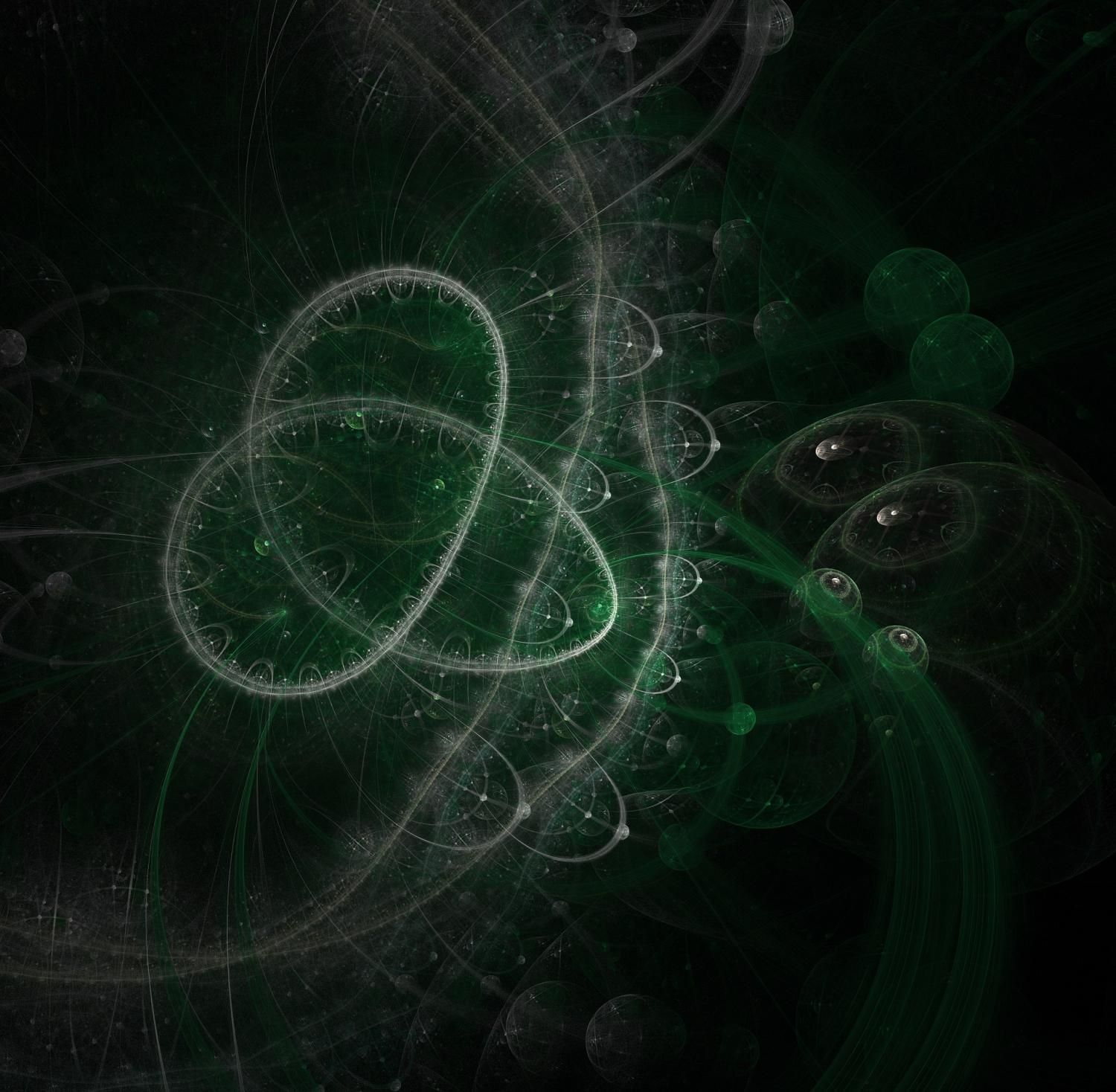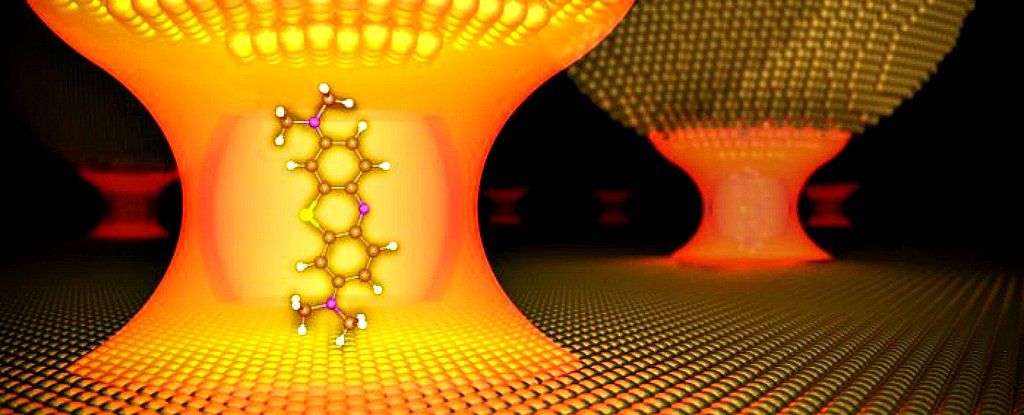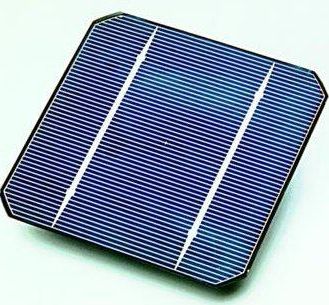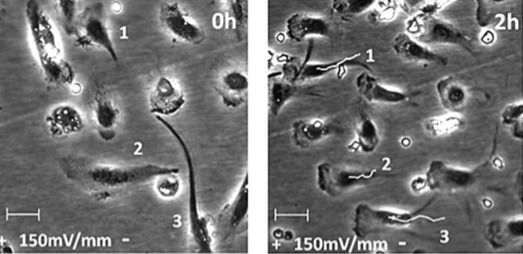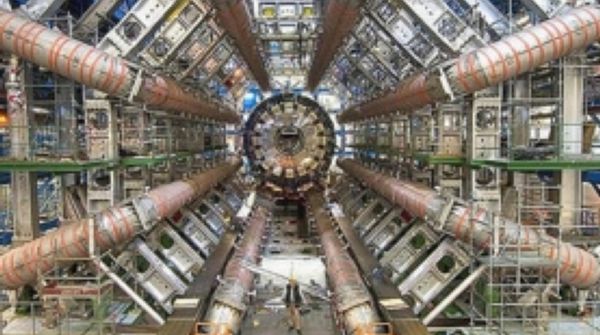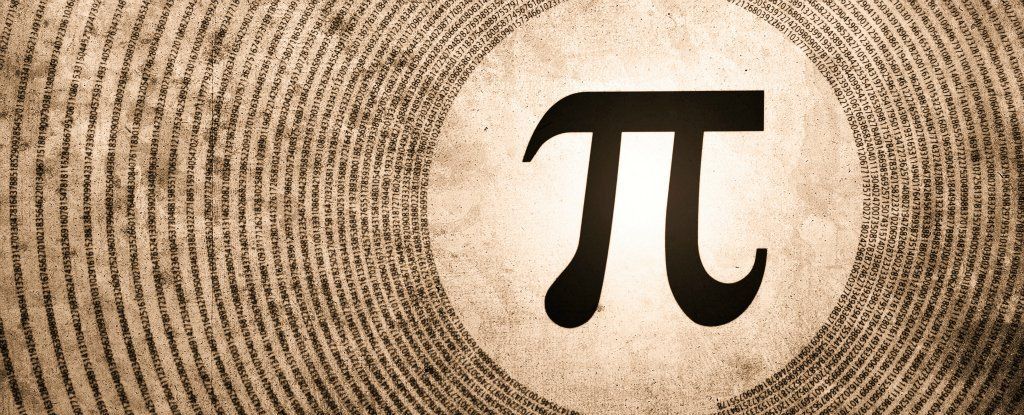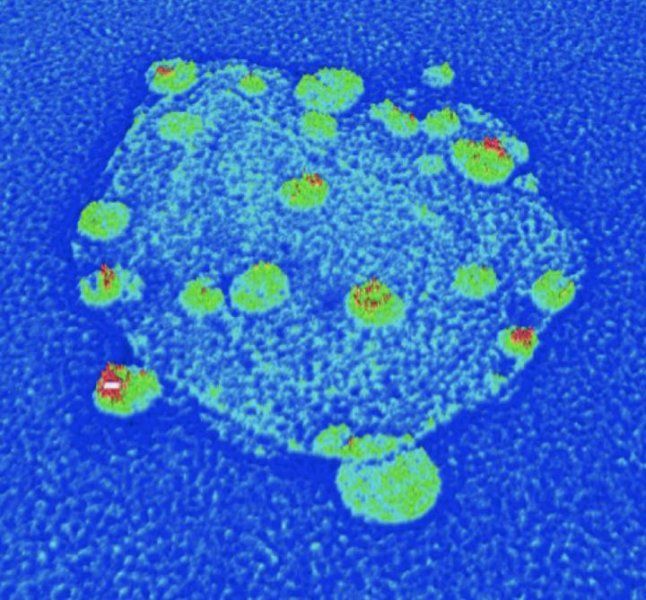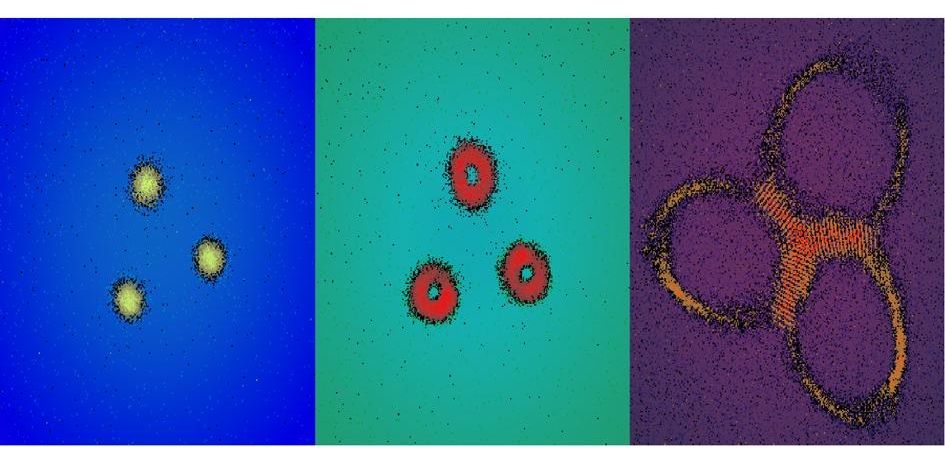Jun 17, 2016
Researchers refine method for detecting quantum entanglement
Posted by Karen Hurst in categories: computing, particle physics, quantum physics
RMIT quantum computing researchers have developed and demonstrated a method capable of efficiently detecting high-dimensional entanglement.
Entanglement in quantum physics is the ability of two or more particles to be related to each other in ways which are beyond what is possible in classical physics.
Having information on a particle in an entangled ensemble reveals an “unnatural” amount of information on the other particles.
